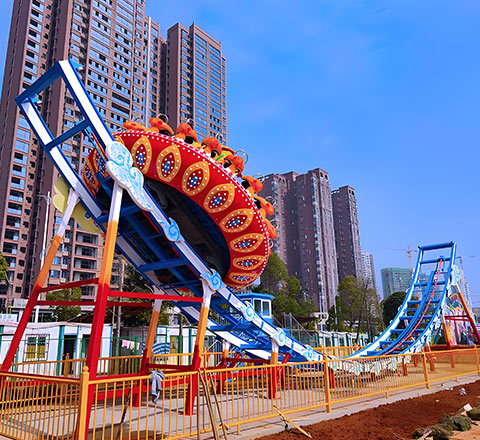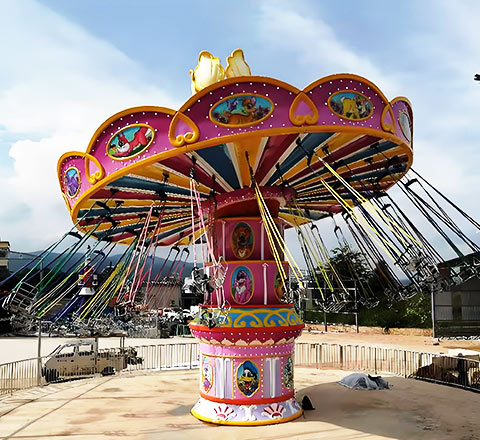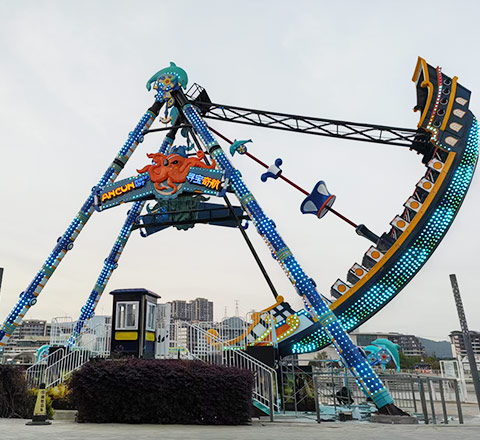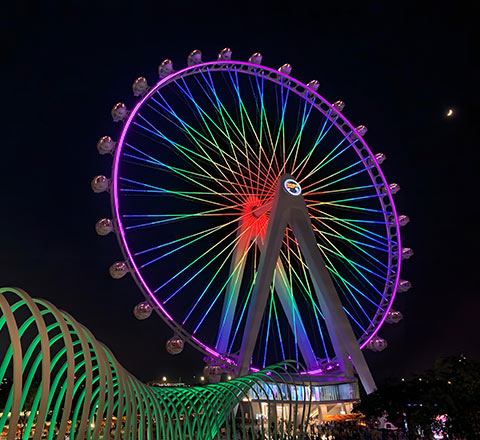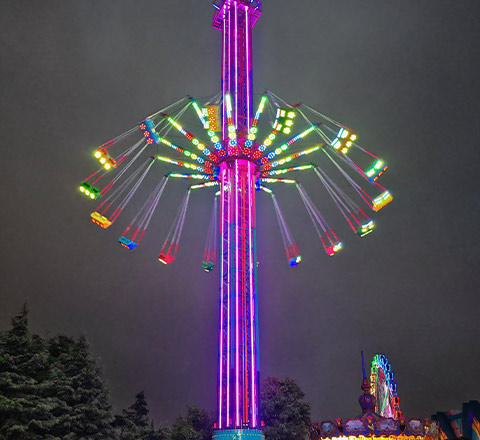Bumper cars, also known as Dodgem cars, are a staple attraction in amusement parks, fairs, and indoor family entertainment centers worldwide. Whether you’re opening a new venue or upgrading an existing one, proper installation and operation of bumper cars are crucial for safety, durability, and rider experience.
In this comprehensive guide from Carnee Rides, a leading amusement park rides manufacturer with over 20+ years of expertise, we’ll walk you through site selection, step-by-step installation for all three major bumper car types, install, operation, and daily maintenance—so your bumper car arena can run smoothly and delight guests for years to come.
1. Bumper Car Types and Their Installation Requirements
There are three main types of bumper cars, each with different installation and operation needs:
| BUMPER CARS Type | Power Source | Venue Requirements | Key Installation Notes |
| Ground-Grid Bumper Cars | Conductive metal floor (ground grid) | Flat, smooth indoor floor | Special conductive flooring required |
| Ceiling-Grid Bumper Cars | Overhead conductive mesh (ceiling grid) & conductive floor | Indoor venue with overhead space | Ceiling grid and conductive floor needed |
| Battery-Powered Bumper Cars | Rechargeable batteries | Any flat ground | No special flooring or overhead needed |
2. Site Selection: Foundation for Safe Operation
Choosing the right site is the first step for any bumper car setup.
Checklist for venue selection:
- Ground must be flat and smooth (cement, tile, marble, etc.)
- No cracks, gaps, or rough areas to prevent damage and ensure comfort
- No sharp objects or exposed metal around or on the floor
- Slope less than 10°
- No ditches or pools nearby unless properly protected
- Allow 5–10 square meters per car for safe movement and fun


3. How to Install Each Bumper Car System
A. Ground-Grid Bumper Cars Installation
Tools Needed:
Electric screwdriver, P-type or manual crimping tool, wire stripper, suitable wire
Step-by-Step Table:
| Step | Description |
| 1 | Gather all tools and use appropriate-length wires to minimize joints |
| 2 | Remove screws from floor panels and any pre-installed battery modules or circuit boards |
| 3 | Strip about 5mm of insulation from the wire ends and stretch the copper strands |
| 4 | Use a crimping tool to securely attach wires to ground grid power terminals, ensuring correct polarity |
| 5 | Check all connections are tight and safe |
| 6 | Power on the system and test all floor contact points for stable voltage |
B. Ceiling-Grid (Sky Net) Bumper Cars Installation
Installation Steps:
| Step | Description |
| 1 | Build a sturdy overhead metal mesh (ceiling grid) above the entire arena |
| 2 | Divide the grid into positive and negative segments, insulate and securely fix it |
| 3 | Lay conductive plates or strips on the ground as the negative pole |
| 4 | Connect the ceiling grid and floor plates to the power supply (with safety devices) |
| 5 | Equip each car with a rear-mounted conductive pole (with a wheel or contact brush) to reach the overhead grid |
| 6 | Ensure every car’s bottom contact point touches the ground grid |
| 7 | Power up and test: the car should run smoothly as the circuit is completed via the ceiling and floor |
C. Battery-Powered Bumper Cars Installation
Installation Steps:
| Step | Description |
| 1 | Choose any flat, smooth site—no need for special flooring or overhead grid |
| 2 | Assemble chassis, wheels, and body according to bumper cars manufacturer’s instructions |
| 3 | Install the electric motor and securely fit the battery pack into the designated compartment |
| 4 | Connect all wires firmly, checking correct polarity and good contact |
| 5 | Fully charge the batteries before first use |
| 6 | Power on and test all driving and control functions |
4. Bumper Car Assembly Steps (All Types)
| Step | Key Points |
| Chassis | Place on level ground; install wheels with bolts; check for smooth rotation |
| Body | Attach the steering mechanism and pedals/joystick; connect controls to wiring harness |
| Power System | For electric/battery: install motor, connect all power wires securely |
| Controls | Tighten all fasteners, check wire connections, test movement, and safety features |
| Final Check | Tighten all fasteners, check wire connections, test movement and safety features |

5. Operation & Maintenance Best Practices
For Safe, Smooth, and Cost-Effective Bumper Car Operations:
- Run only one model type per arena; do not mix different car types
- Train operators in safety, emergency procedures, and daily checks
- Inspect all wiring, wheels, and safety belts before use
- Keep the arena surface clean to prevent wheel wear and faults
- Schedule regular professional maintenance
6. Common FAQs
Q: How much space does each bumper car need?
A: Each car should have 5–10 sqm for safe operation.
Q: Can ground-grid and ceiling-grid systems be installed by myself?
A: Basic electrical skills are helpful, but we recommend professional installation or following the professional bumper car manufacturer‘s guides.
Q: What’s the main difference in installation between ground-grid, ceiling-grid, and battery bumper cars?
A:
- Ground-grid and ceiling-grid require special conductive flooring and/or overhead mesh, with corresponding wiring.
- Battery-powered bumper cars only need a flat site and no special electrical infrastructure.
Q: Why is site flatness important?
A: Uneven surfaces accelerate wear, cause failures, and increase safety risks.
For even more in-depth answers and best practices, check out our comprehensive guide:
Ultimate Bumper Cars FAQ: Everything Amusement Park Operators Need to Know (2025 Edition)
Conclusion
Installing and operating bumper cars is a systematic process that starts with careful site selection and ends with ongoing maintenance and safe daily operations. Whether your project uses ground-grid, ceiling-grid, or battery-powered bumper cars, following these professional guidelines will help you deliver a safe, reliable, and exciting experience for every guest.
Need technical support or installation service? Contact Carnee Amusement Rides Manufacturer for one-stop theme park solutions and after-sales support.

